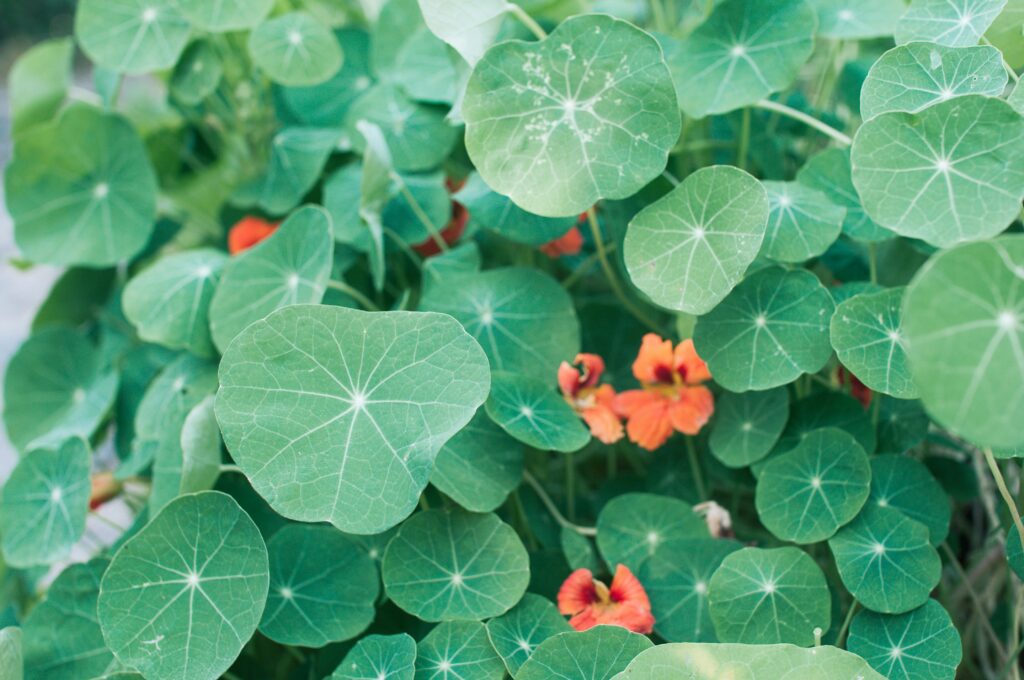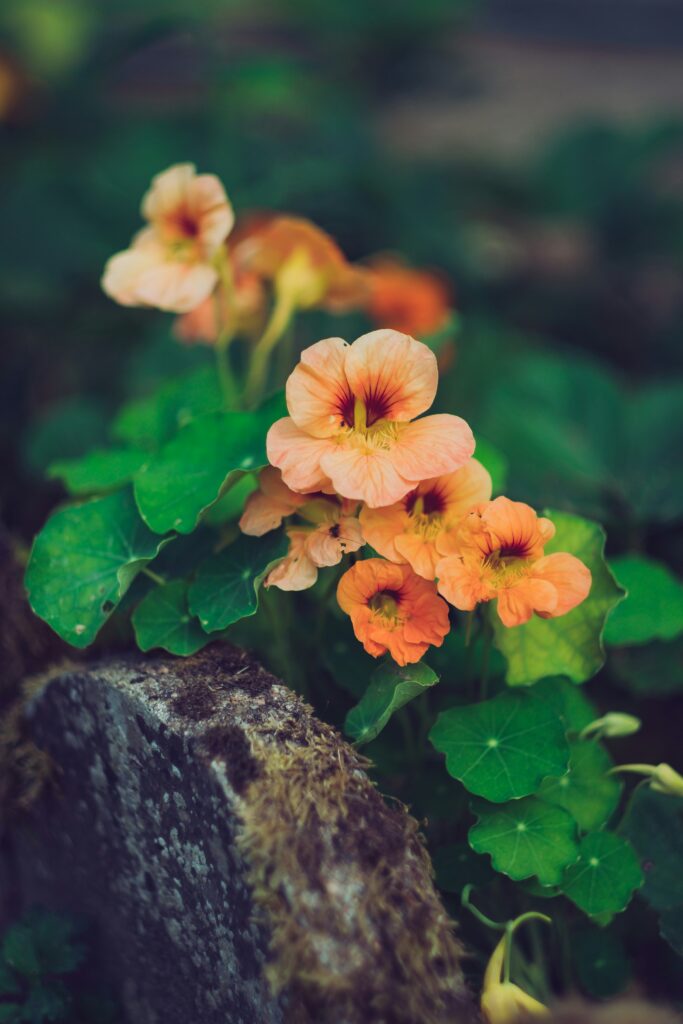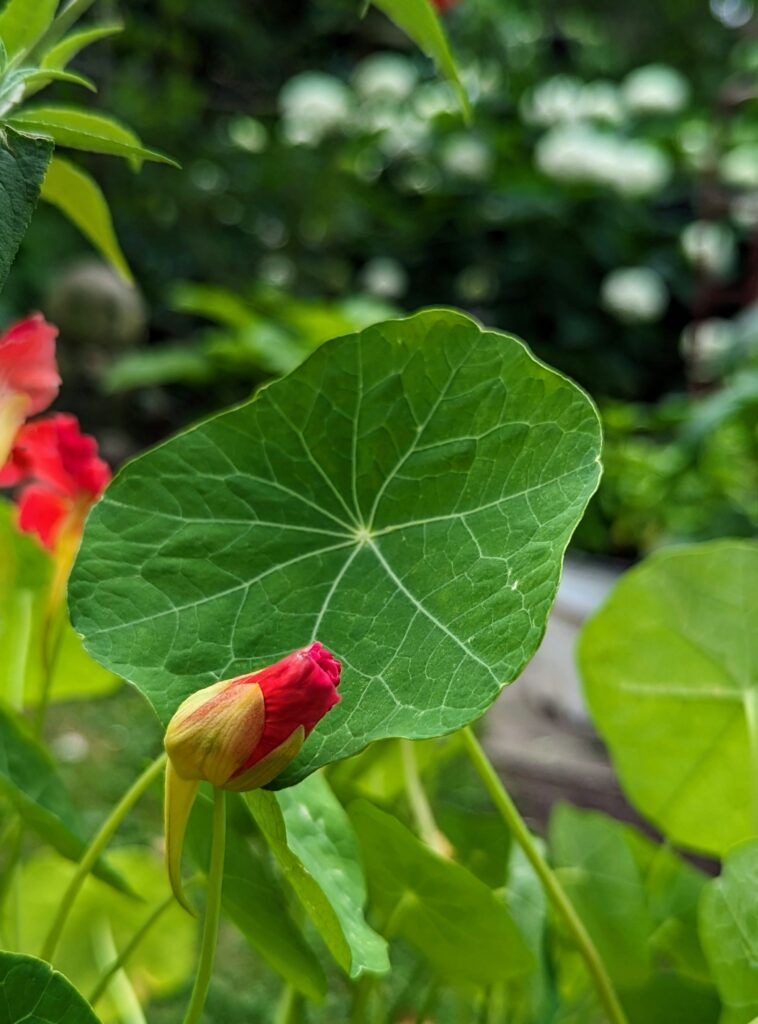Nasturtium Seeds: Garden and Culinary Gem
Nasturtiums, known botanically as Tropaeolum majus, are beloved by gardeners and chefs alike for their vibrant flowers and edible qualities. The journey of nasturtium seeds from planting to harvest is both rewarding and straightforward, making these plants a favorite for beginners and experienced gardeners alike.
The History of Nasturtiums
Nasturtiums have a rich history that dates back to the 16th century. Originating from South America, they were brought to Europe by Spanish conquistadors. The name “nasturtium” is derived from the Latin words nasus tortus, meaning “twisted nose,” a reference to the plant’s peppery taste, which can cause a tingling sensation. Initially grown for their ornamental value, nasturtiums were quickly embraced for their culinary uses as well.
Planting Nasturtium Seeds
Planting nasturtium seeds is an uncomplicated process, ideal for gardeners of all levels. These seeds are quite large and easy to handle, making them perfect for children’s gardening projects as well.

Timing: Nasturtium seeds should be planted in the spring, after the last frost has passed. They can also be sown in late summer for a fall bloom in milder climates.
- Soil Preparation: Nasturtiums thrive in well-draining soil with moderate fertility. Interestingly, they prefer poorer soils, as rich soil can result in lush foliage but fewer flowers. A pH level of 6.0 to 7.5 is ideal.
- Planting Depth and Spacing: Plant the seeds about 1/2 inch deep and space them 10 to 12 inches apart. For vining varieties, provide support like a trellis or fence.
- Watering: Water the seeds immediately after planting and keep the soil consistently moist until germination, which typically occurs in 7 to 10 days.
Growing Nasturtiums
Once nasturtium seeds germinate, the seedlings grow rapidly. These plants are relatively low-maintenance, making them a joy to grow.
- Sunlight: Nasturtiums prefer full sun but can tolerate partial shade. In hotter climates, some afternoon shade is beneficial.
- Watering: After the initial growth phase, nasturtiums do not require a lot of water. Overwatering can lead to root rot. Water the plants deeply but infrequently, allowing the soil to dry out between watering sessions.
- Fertilization: These plants typically do not require additional fertilization. Over-fertilizing can result in more foliage and fewer flowers.
- Pest and Disease Management: Nasturtiums are generally pest-resistant. However, they can attract aphids, which can be controlled with insecticidal soap or by introducing beneficial insects like ladybugs.
Colors and Varieties
Nasturtiums come in a dazzling array of colors and varieties, making them a versatile choice for any garden.

- Color Range: The flowers come in shades of red, orange, yellow, cream, and even bi-color varieties. The bright and bold colors make nasturtiums a standout in any garden setting.
- Varieties: There are both bush and trailing varieties of nasturtiums. Bush varieties, like ‘Empress of India,’ are compact and suitable for container gardening. Trailing varieties, such as ‘Jewel of Africa,’ are perfect for hanging baskets, window boxes, or as ground cover.
Edible Delights: Leaves, Flowers, and Seeds
One of the most exciting aspects of growing nasturtiums is their edibility. Both the leaves and flowers of nasturtiums are edible and add a peppery, spicy flavor to dishes.
- Leaves: Nasturtium leaves can be used in salads, pesto, and as a garnish. Their slightly peppery taste is similar to arugula, making them a great addition to any salad mix.
- Flowers: The vibrant nasturtium flowers are not only visually appealing but also delicious. They can be used to garnish salads, soups, and desserts. The flowers are often stuffed with cheese or used to decorate cakes and pastries.
- Seeds: The seeds can be pickled and used as a substitute for capers. Pickled nasturtium seeds, often called “poor man’s capers,” add a unique flavor to various dishes.
Culinary Uses and Recipes
Nasturtiums are a versatile ingredient in the kitchen. Here are a few ways to enjoy them:
- Salads: Toss nasturtium leaves and flowers into a mixed green salad. Their peppery flavor pairs well with milder greens and a tangy vinaigrette.
- Stuffed Flowers: Fill the flowers with a mixture of goat cheese, herbs, and spices for an elegant appetizer.
- Nasturtium Pesto: Blend nasturtium leaves with garlic, nuts, Parmesan cheese, and olive oil for a spicy twist on traditional pesto.
- Pickled Seeds: Harvest young nasturtium seeds and pickle them with vinegar, salt, and spices. Use these as a tangy addition to salads, sandwiches, and charcuterie boards.
Nasturtiums in Companion Planting
In addition to their aesthetic and culinary benefits, nasturtiums play a beneficial role in companion planting. They can help repel pests like aphids, whiteflies, and squash bugs from other plants in your garden. Their presence can also attract beneficial insects, such as ladybugs and predatory wasps, which help keep pest populations under control. Planting nasturtium seeds among vegetables like tomatoes, cucumbers, and beans can enhance the overall health and productivity of your garden.

Conclusion
Nasturtium seeds offer a gateway to a world of vibrant flowers and culinary adventures. Their ease of planting and care, combined with their ornamental and edible qualities, make them a unique addition to any garden. Whether you’re looking to brighten your garden with a splash of color, engage in companion planting, or spice up your kitchen with a unique ingredient, nasturtiums are a fantastic choice. So, grab a packet of nasturtium seeds and embark on a delightful gardening and culinary journey.
